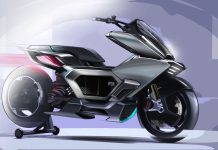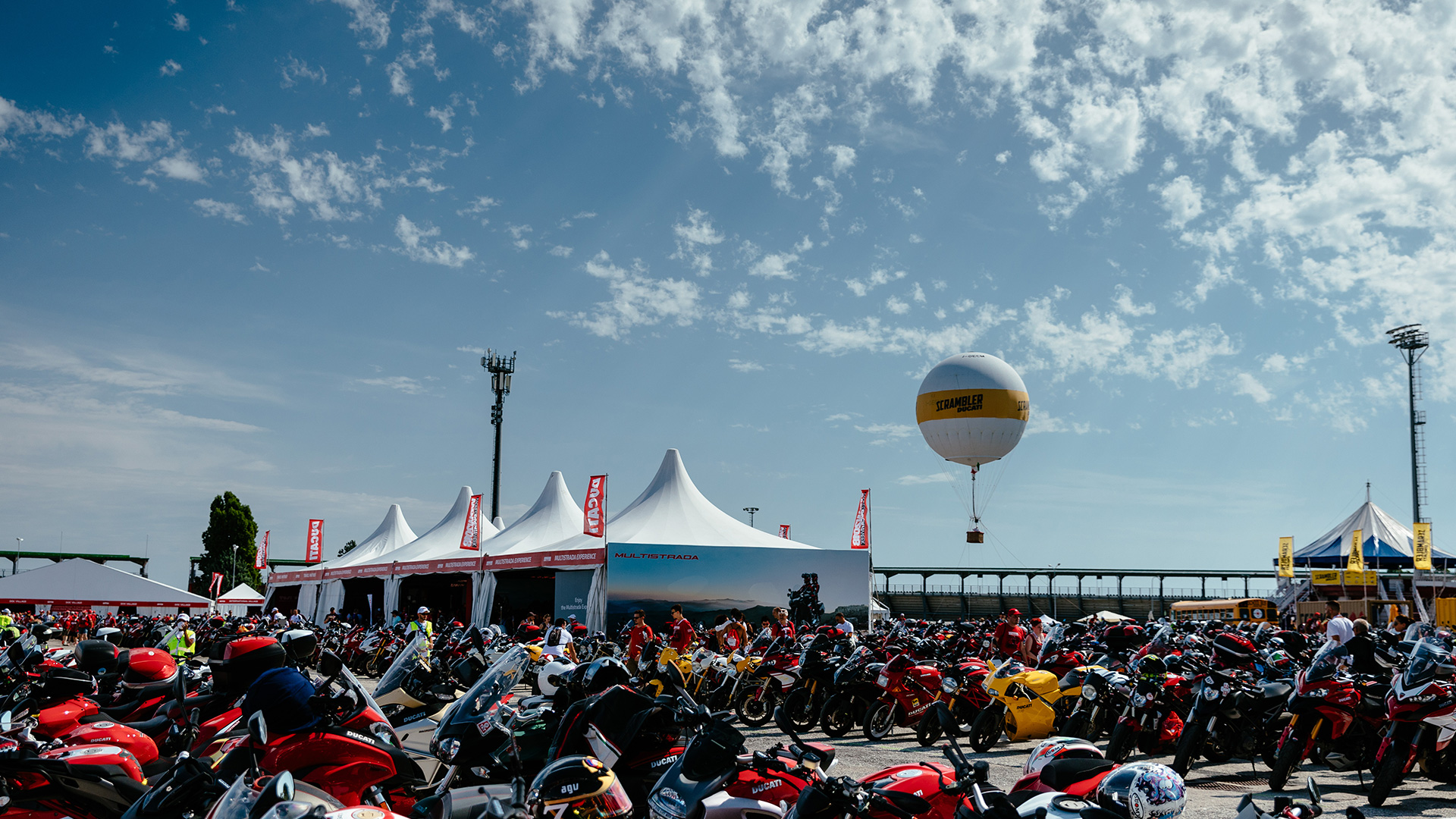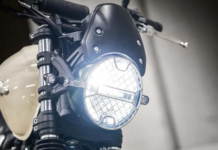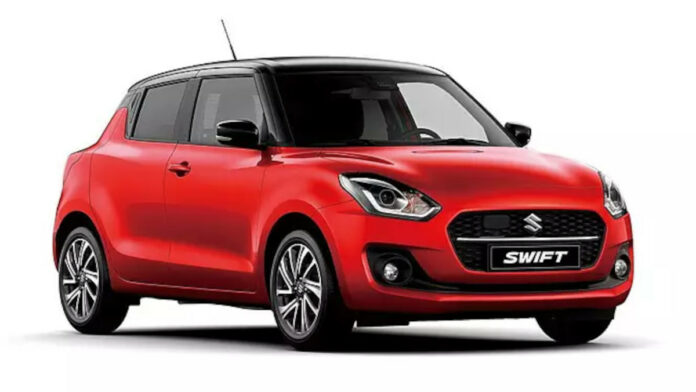Top-selling cars in India
The Indian automotive market has always presented a kaleidoscope of consumer preferences, each segment driven by factors ranging from price sensitivity to fuel efficiency. With evolving technologies and global environmental concerns, there has been a marked shift in these preferences.
For the first nine months of CY2023, we decided to take a unique perspective and look at the best-selling cars through the lens of their fuel types. This approach provides insights into the market’s reception of emerging technologies like Battery EVs (BEVs) and hybrids, while also shedding light on the undiminished appeal of traditional fuels.
Best-Selling Cars by Fuel Type (CY2023, First 9 Months):
- Petrol: Maruti Swift
- Drivetrain: 1.2L petrol & CNG
- Petrol’s contribution to sales: 89%
- Diesel: Mahindra Bolero
- Drivetrain: 1.5L diesel-only option.
- CNG: Maruti Wagon R
- Drivetrains: 1L and 1.2L petrol engines, with a CNG option for the 1L engine.
- CNG’s contribution to sales: 43%
- Battery EV: Tata Tiago EV
- Battery options: 19.2kWh & 24 kWh
- Sales breakdown: BEV (40%), 1.2L petrol (47%), and CNG (13%).
- Strong-hybrid: Toyota Innova Hycross
- Price range: ₹ 25.3 lakhs to ₹ 30.3 lakhs
- Sales breakdown: Older generation Innova with 2.4L diesel (47%), 2L petrol-strong-hybrid (43%), and 2L petrol (10%).

Observations:
- Maruti Swift’s petrol version dominates the petrol segment, and its CNG variant is well accepted by the market.
- The rugged Mahindra Bolero appeals to semi-urban and rural demographics.
- Maruti Wagon R’s CNG variant is favoured by urban fleet operators.
- Tata Tiago EV’s aggressive pricing strategy helped it become the best-selling BEV.
- Toyota Innova Hycross’s strong hybrid technology found significant traction despite its high price point. The simultaneous sale of its older diesel version indicates a strategic transition towards hybrid technology.
Petrol, Diesel and CNG
Segment Share Distribution:
- BEV and HEV segments are dominated by the best-selling products due to their limited market presence.
- For other fuel segments, sales volume is more evenly distributed across various products.
here’s an analysis of the pros and cons of each fuel type:
Petrol (Represented by Maruti Swift):
Pros:
- Well-established Infrastructure: Petro stations are widely available across India.
- Smooth Drive: Petrol engines generally offer a smoother and quieter drive compared to diesel.
- Lower Initial Cost: Petrol vehicles tend to have a lower upfront cost than their diesel or hybrid counterparts.
Cons:
- Fuel Economy: Petrol engines usually have a lower fuel economy compared to diesel.
- Environmental Concerns: Petrol engines emit more CO2 compared to diesel, though they emit fewer NOx and particulates.
Diesel (Represented by Mahindra Bolero):
Pros:
- Fuel Efficiency: Diesel engines generally offer better fuel economy than petrol.
- Torque: Diesel engines provide higher torque, making them suitable for heavy-duty use and towing.
- Longevity: Diesel engines often have a longer lifespan than petrol engines.
Cons:
- Emissions: Diesel engines emit more NOx and particulates than petrol, contributing to air pollution.
- Noise and Vibration: They tend to be noisier and have more vibrations than petrol engines.
- Higher Initial Cost: Diesel vehicles usually cost more upfront than petrol vehicles.
CNG (Represented by Maruti Wagon R):
Pros:
- Cost-effective: CNG is usually cheaper than both petrol and diesel.
- Environmentally Friendly: CNG vehicles produce fewer emissions than petrol or diesel vehicles.
- Safety: CNG is safer than petrol and diesel in case of spillage, as it evaporates quickly.
Cons:
- Limited Infrastructure: CNG filling stations are limited compared to petrol and diesel stations.
- Reduced Boot Space: CNG tanks often take up a significant amount of boot space.
- Performance: Vehicles may experience a slight drop in performance when running on CNG compared to petrol.
Battery EV (Represented by Tata Tiago EV):
Pros:
- Zero Emissions: BEVs produce no tailpipe emissions.
- Lower Operating Costs: Electricity is often cheaper than petrol or diesel, and BEVs have fewer moving parts, leading to lower maintenance costs.
- Government Incentives: Many governments offer incentives for purchasing and using BEVs.
Cons:
- Range Anxiety: Even though ranges are improving, there’s still concern about how far a BEV can travel on a single charge.
- Charging Infrastructure: Limited availability of charging stations, especially in more remote areas.
- Longer Refueling Time: Charging a BEV takes longer than filling a tank with petrol or diesel.
Strong-hybrid (Represented by Toyota Innova Hycross):
Pros:
- Fuel Efficiency: Hybrids combine the power of petrol/diesel engines with an electric motor, offering better fuel economy.
- Lower Emissions: They produce fewer emissions compared to non-hybrid vehicles.
- Regenerative Braking: This system allows hybrids to store energy during braking, which can be used later.
Cons:
- Higher Initial Cost: Hybrid vehicles tend to be more expensive than their non-hybrid counterparts.
- Maintenance Complexity: With both an internal combustion engine and an electric motor, maintenance can be more complex.
- Battery Replacement: Over time, the battery in a hybrid might need replacement, which can be costly.
Each of these fuel types offers distinct advantages and disadvantages. The choice between them depends on the individual’s priorities, such as environmental concerns, budget constraints, and the intended use of the vehicle.
Conclusion
This information paints a vivid picture of the Indian automotive market’s landscape and consumer preferences regarding fuel types. It also shows the market’s readiness to adopt newer technologies, such as BEVs and hybrids, and the ongoing significance of traditional fuel types like petrol and diesel. The data indicates the strategic moves of car manufacturers in the region to meet these evolving preferences.
The data for the best-selling cars by fuel type in CY2023 showcases the Indian automobile market’s multifaceted nature. While traditional fuels like petrol and diesel continue to hold ground, there’s a noticeable traction towards BEVs and hybrids, indicating a market in transition. Car manufacturers are tactically navigating this shift, evidenced by their product offerings and strategic positioning.
As environmental concerns intensify and technological advancements continue, it’ll be intriguing to observe how these trends evolve further. This snapshot of CY2023 serves as a testament to India’s dynamic automotive landscape and the myriad factors influencing consumer choices.

































